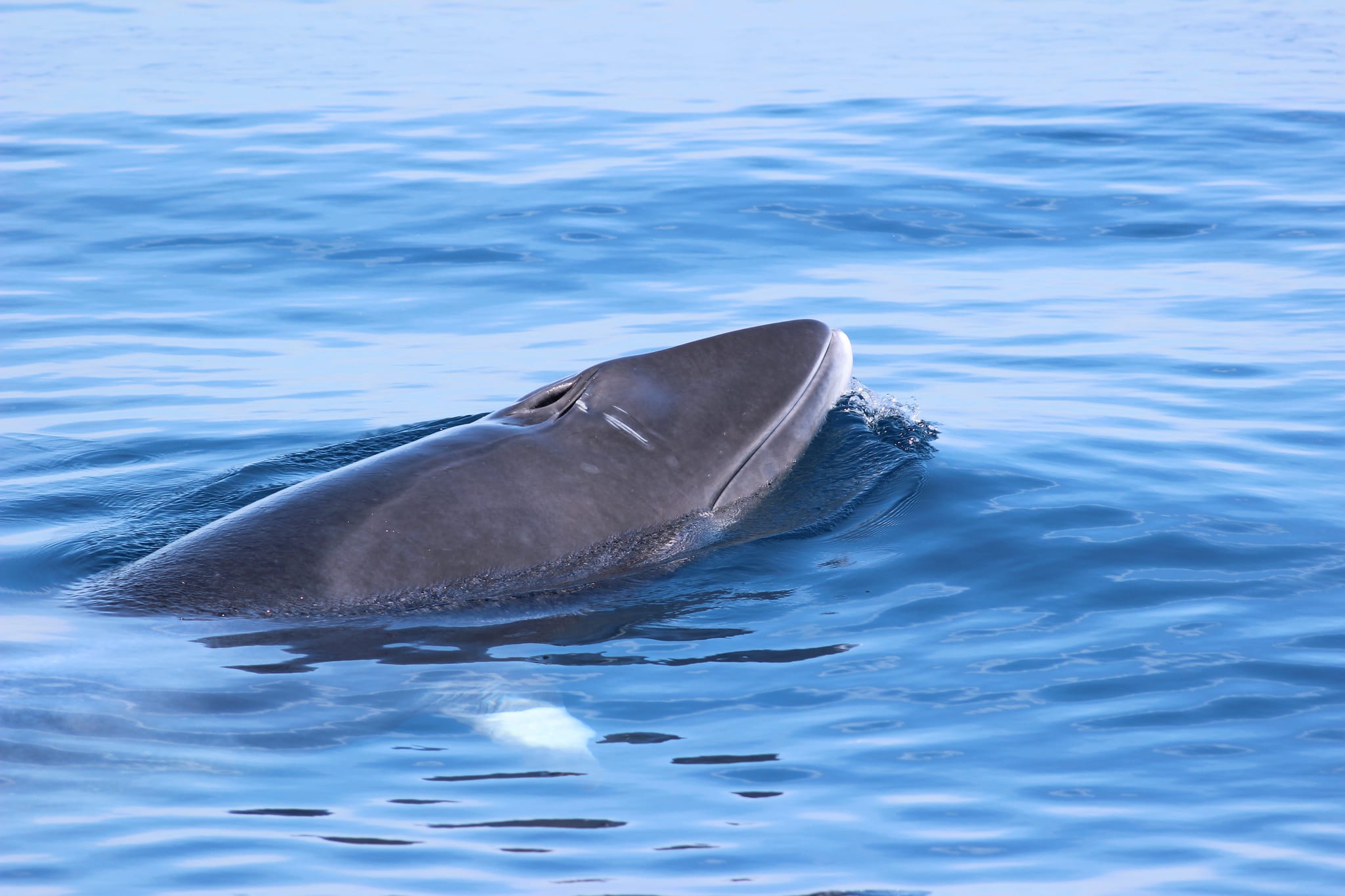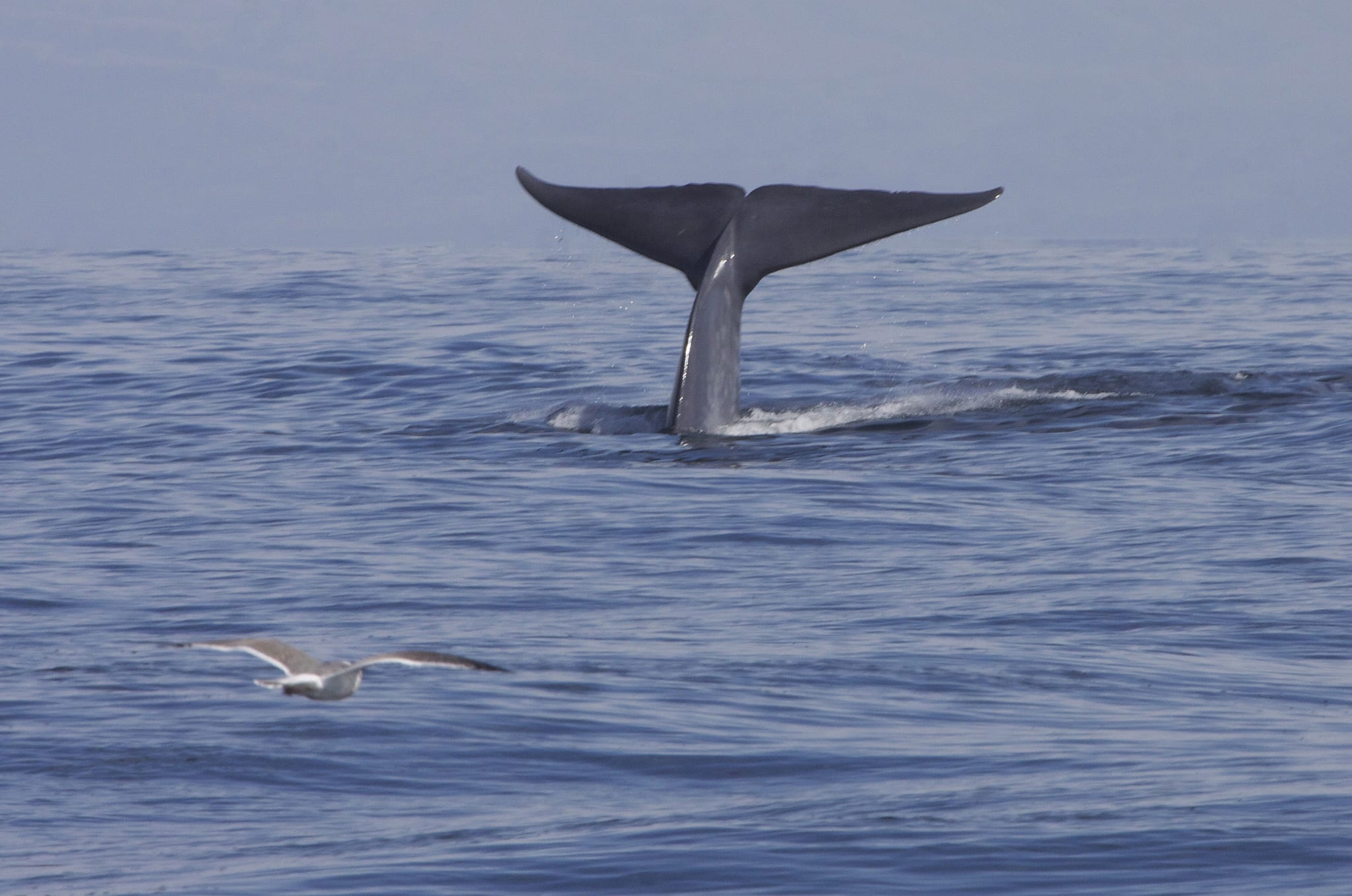Anyone lighting a lamp in 19th century America almost certainly used whale oil. Several products, from bows to baskets to corsets, were made of baleen, which are essentially plates in a whale's mouth used for filter feeding. As a result, more whales were killed during this century than the four centuries before it combined.
Come the 1900s, however, petroleum and natural gas made whale oil obsolete. As the demand for whale products plummeted, people also started taking note of the destruction the whaling industry had left behind. As much as 99% of certain whale populations had been diminished from certain parts of the world.
In response, several countries came together to form the International Whaling Commission in 1946. While the commission created some whaling limitations, whale populations continued to decline until the big commercial whaling moratorium in 1986. All whaling was to be stopped, except for scientific research purposes. It was meant to be temporary, but the ban continues to this day.

In 2003, two conservation biologists decided to look at how the whale populations were faring. Joe Roman and Stephen Palumbi investigated how close modern whale populations were to their historic populations for three large species in the North Atlantic- humpback, fin, and minke whales. Empirical data on historic populations was unavailable, but they did have a very clever way to estimate them. They looked at the current amount of genetic variation within the population, and using other data like reproductive rate, they estimated how many individuals would have had to exist before whaling took off. Minke whales showed the most hopeful results, with populations pretty close to pre-whaling sizes. However, both fin and humpback whale populations were nowhere close to their historical populations.
While you would think that this study would lead to stricter regulations in whaling, it did not. Despite protests from all over the world, Japan, Iceland and Norway continue to commercially hunt whales. Japan does most of this under the pretense of “scientific research,†but then the whale meat ultimately shows up in the market. According to an article published last year by BBC, the demand for whale meat in Japan has gone down (with no substantial increase in prices) and the people of Japan no longer value it as a culturally important part of their meal, as claimed by the authorities in charge of whaling limitations. However, since whale hunting in itself remains so connected to their culture, it may be difficult to shift Japanese perspectives on whaling. Like Japan, the per person demand for whale meat in Norway has also declined to half a pound per person. Norwegians have found another use for whale meat though: they are notorious for continuing to export animal fur products. These fur animals are raised on farms, where the whale meat is chopped up and used as a part of their feed. Meanwhile, Iceland continues to hunt Minke whales, and has recently added fin whales to their plunder. They don't consume much of the whale meat themselves, but import it to Japan instead.

On the other hand, several protected populations are recovering from the hit they took in the 1800s- the California blue whale, for example, has reached its historic population levels. In fact, several whales listed as endangered by the International Union for Conservation of Nature (IUCN) are now increasing in population. Also, whale watching is an emerging business- becoming a $2 billion industry in 2009, and growing ever since, especially in Iceland. This could be an alternate source for income for whale hunters. With the declining demand for whale meat, and the increasing controversy surrounding their continued hunting, there is hope that a complete halt of whaling is not far in our future.
About the Author
 Sunishka “Suni†Thakur is an undergraduate at the University of Georgia majoring in Genetics, currently just trying to make the most of her freshman year. She loves to read, dance, work with student organizations like First Book and World Ambassadors, and gets very excited about science. More from Sunishka Thakur. Sunishka “Suni†Thakur is an undergraduate at the University of Georgia majoring in Genetics, currently just trying to make the most of her freshman year. She loves to read, dance, work with student organizations like First Book and World Ambassadors, and gets very excited about science. More from Sunishka Thakur. |
About the Author
- athenssciencecafehttps://athensscienceobserver.com/author/athenssciencecafe/April 17, 2020
- athenssciencecafehttps://athensscienceobserver.com/author/athenssciencecafe/April 12, 2020
- athenssciencecafehttps://athensscienceobserver.com/author/athenssciencecafe/April 3, 2020
- athenssciencecafehttps://athensscienceobserver.com/author/athenssciencecafe/March 30, 2020







